In the diverse realm of dog breeds, certain types stand out for their independence. These breeds often exhibit a strong sense of self-reliance, confidence, and an ability to entertain themselves, qualities that make them distinct from more owner-dependent breeds. Independent dog breeds typically require less attention and affection than others, making them ideal for owners with busy lifestyles or those who appreciate a less clingy companion. This independence often stems from their historical roles, where they were bred to work autonomously, such as in hunting, herding, or guarding. In this article, we will explore the 10 most independent dog breeds, delving into the characteristics and historical backgrounds that contribute to their self-sufficient nature.
1. Afghan Hound
The Afghan Hound, known for its majestic appearance, is also notable for its independence. Historically bred for hunting large prey in the mountains of Afghanistan, this breed has developed a strong, independent streak. Afghan Hounds are often perceived as aloof and dignified, preferring to do things in their own time and way. They are not typically eager to please like some other breeds, which can make training a challenge. Their independence means they are less likely to seek constant attention or approval from their owners, making them suitable for individuals who respect their autonomous nature.
2. Basenji
The Basenji, an ancient breed from Central Africa, is known for its cat-like independence. These dogs are incredibly intelligent but have a mind of their own, often choosing to do things their way. They were originally bred for hunting and had to rely on their own instincts and intelligence, which contributes to their independent nature. Basenjis are not the type to constantly seek affection; they enjoy their own company and can be reserved with strangers. This breed requires an owner who understands and appreciates their unique characteristics and respects their need for independence.
3. Shiba Inu
The Shiba Inu, one of Japan’s native breeds, is famous for its independent and strong-willed nature. Originally bred for hunting in Japan’s mountainous terrain, Shibas are alert, agile, and have a confident demeanor. They are often described as having a cat-like personality, being clean, and enjoying their own space. While they can form strong bonds with their family, Shiba Inus are not overly clingy and are content doing their own thing. Their independent streak can sometimes make training challenging, requiring patience and understanding from their owners.
4. Alaskan Malamute
The Alaskan Malamute is a breed known for its strength, endurance, and independent spirit. Originally bred for hauling heavy freight as a sled dog, they are accustomed to working independently and making decisions in challenging environments. Malamutes are loyal to their owners but also have a self-reliant nature that allows them to think and act autonomously. They require regular exercise and mental stimulation to satisfy their independent drive. This breed is best suited for experienced dog owners who understand the balance between leadership and respect for their independent nature.
5. Akita
The Akita, a noble breed from Japan, is renowned for its loyalty and independent character. Historically used for hunting and guarding, Akita are confident, self-assured, and often prefer making their own decisions. They are not a breed that constantly seeks approval or attention from their owners. Their independent nature means they can be left alone for periods of time without issue. However, they also require a firm, consistent owner who can provide them with the guidance and structure they need.
6. Chow Chow
The Chow Chow, originating from China, is known for its aloof and independent demeanor. They were originally bred for various purposes, including hunting, guarding, and pulling carts. Chow Chows are not typically lap dogs; they appreciate their own space and are often described as having a cat-like personality. They bond with their family but do not demand constant attention. Training a Chow Chow requires patience and respect for their independent nature, as they are not naturally inclined to obedience.
7. Saluki
The Saluki, one of the oldest dog breeds, is known for its graceful appearance and independent temperament. Originally bred in the Middle East for hunting, they are fast, agile, and have a strong hunting instinct. Salukis are reserved, intelligent, and often prefer to make their own decisions. They are not excessively clingy and appreciate having their own space. Owners of Salukis should respect their independent nature while providing them with enough exercise and mental stimulation.
8. Scottish Terrier
The Scottish Terrier, also known as the Scottie, is a breed known for its distinctive appearance and independent character. Originally bred in Scotland for hunting vermin, Scotties are tenacious, confident, and have a mind of their own. They are not the type of dog to constantly seek attention, and they often prefer doing things their own way. Training a Scottish Terrier requires consistency and understanding of their independent streak.
9. Borzoi
The Borzoi, a breed once favored by Russian nobility, is known for its elegant appearance and independent nature. Originally bred for hunting wolves, Borzois are fast, agile, and have a strong prey drive. They are dignified, reserved, and often choose to act independently. While they can be affectionate with their families, Borzois are not overly demanding of attention and are content spending time on their own. Understanding and respecting their independent nature is key to living harmoniously with a Borzoi.
10. Greyhound
The Greyhound, famous for its incredible speed, is also known for its independent temperament. Originally bred for hunting and later for racing, Greyhounds are accustomed to making quick decisions and acting independently. They are gentle and affectionate with their families but do not require constant attention. Greyhounds are content to relax and lounge for long periods and can be left alone without anxiety or destructive behaviors.
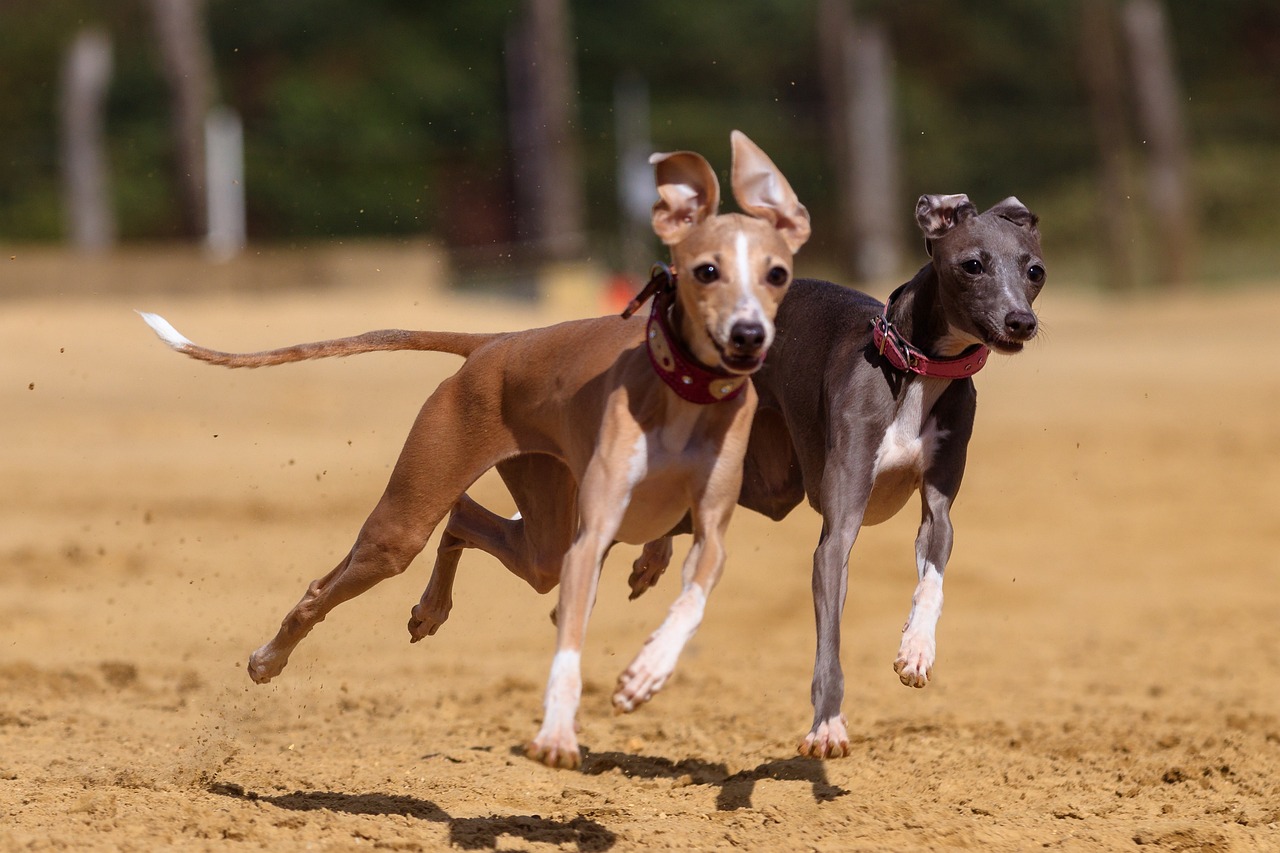
In conclusion, these 10 breeds exemplify the diverse range of independent spirits found in the canine world. Their self-reliant natures, stemming from their unique histories and breed characteristics, make them suitable for owners who appreciate a more autonomous companion. Understanding and respecting their independence, while providing the necessary care, exercise, and training, is crucial for a harmonious relationship with these breeds. Each of these independent dog breeds offers a unique blend of companionship and self-sufficiency, showcasing the remarkable adaptability and diversity of dogs.
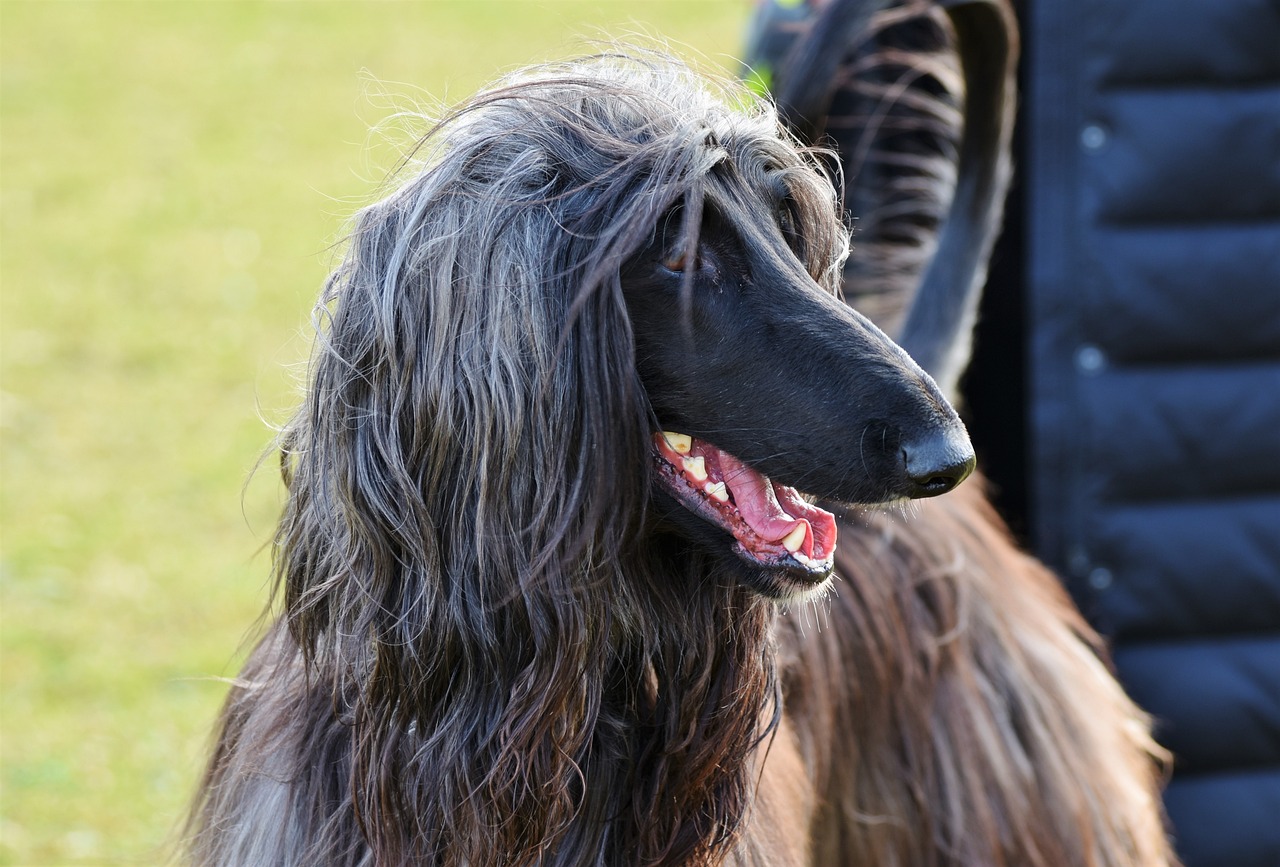

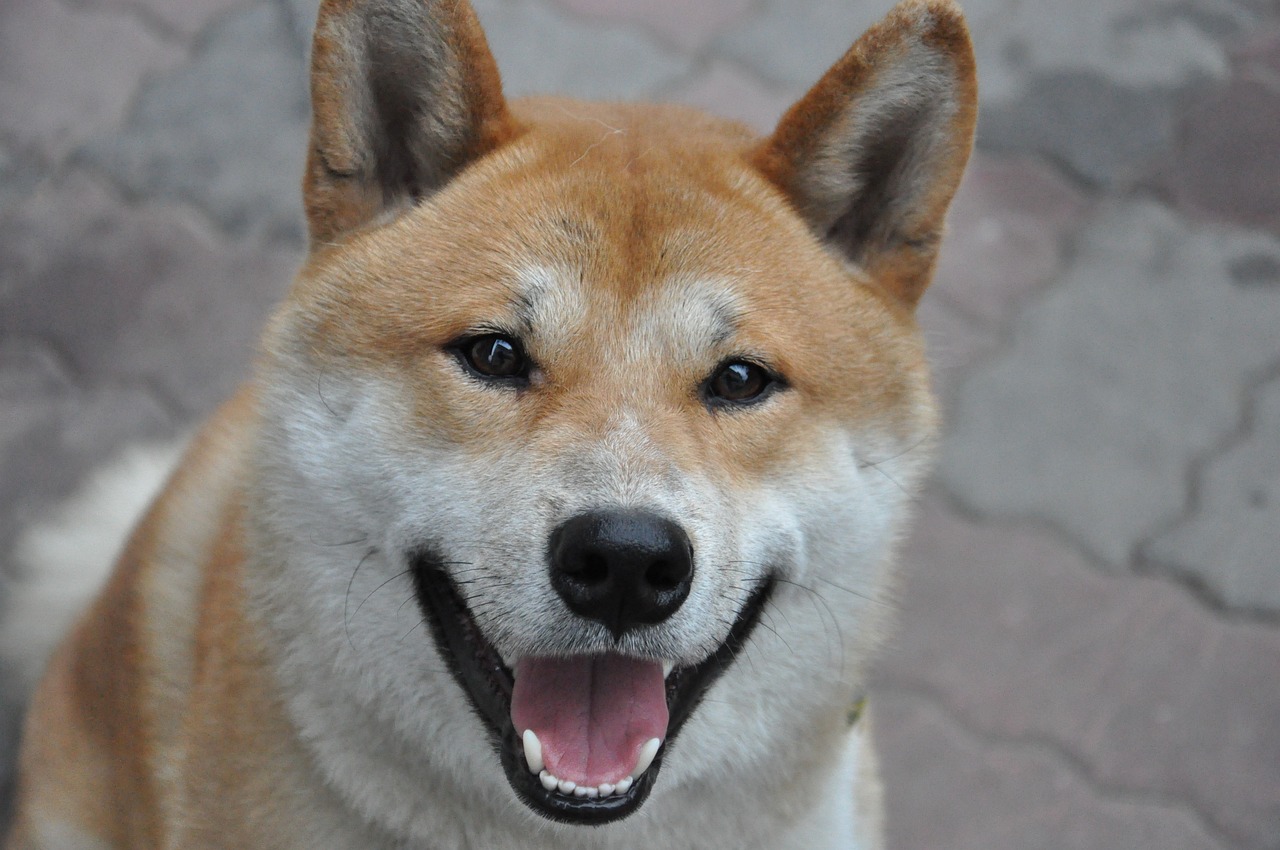
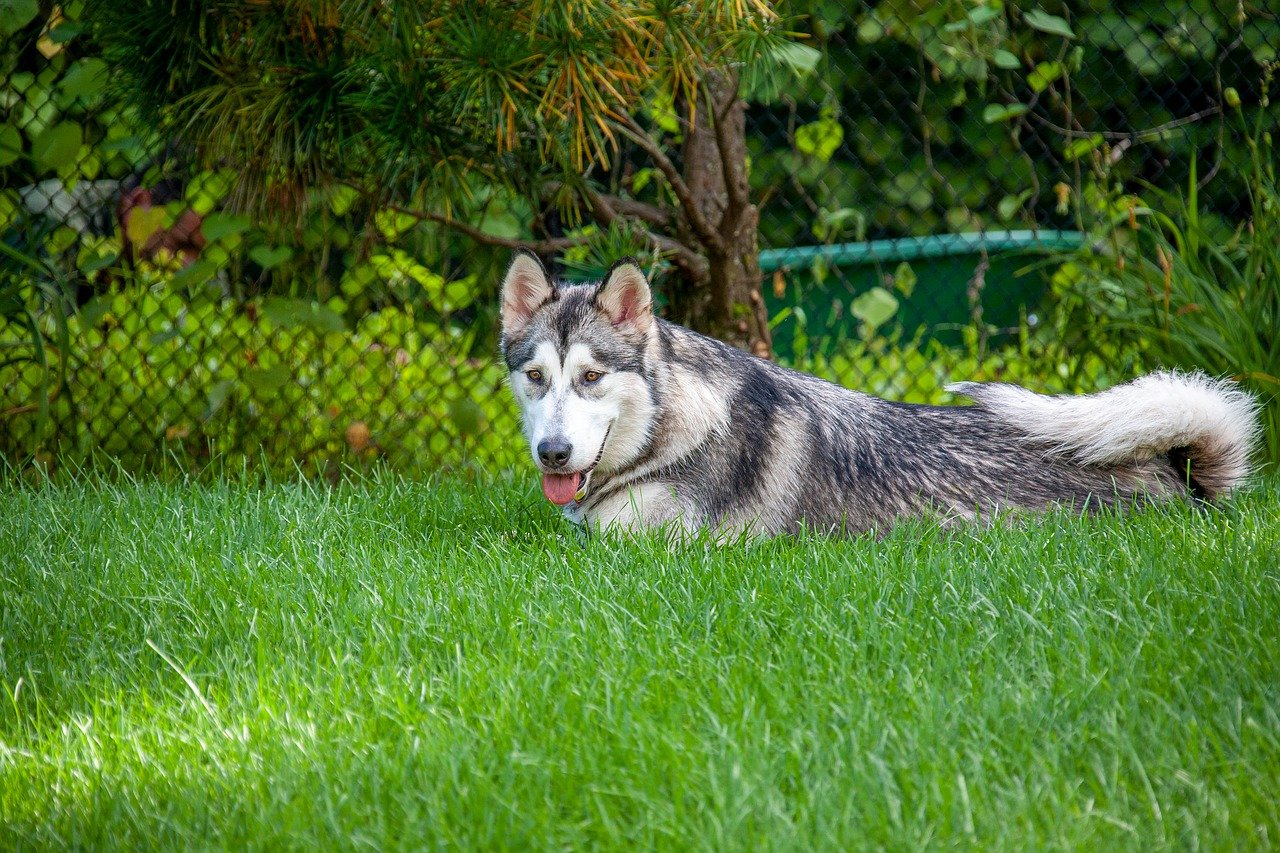

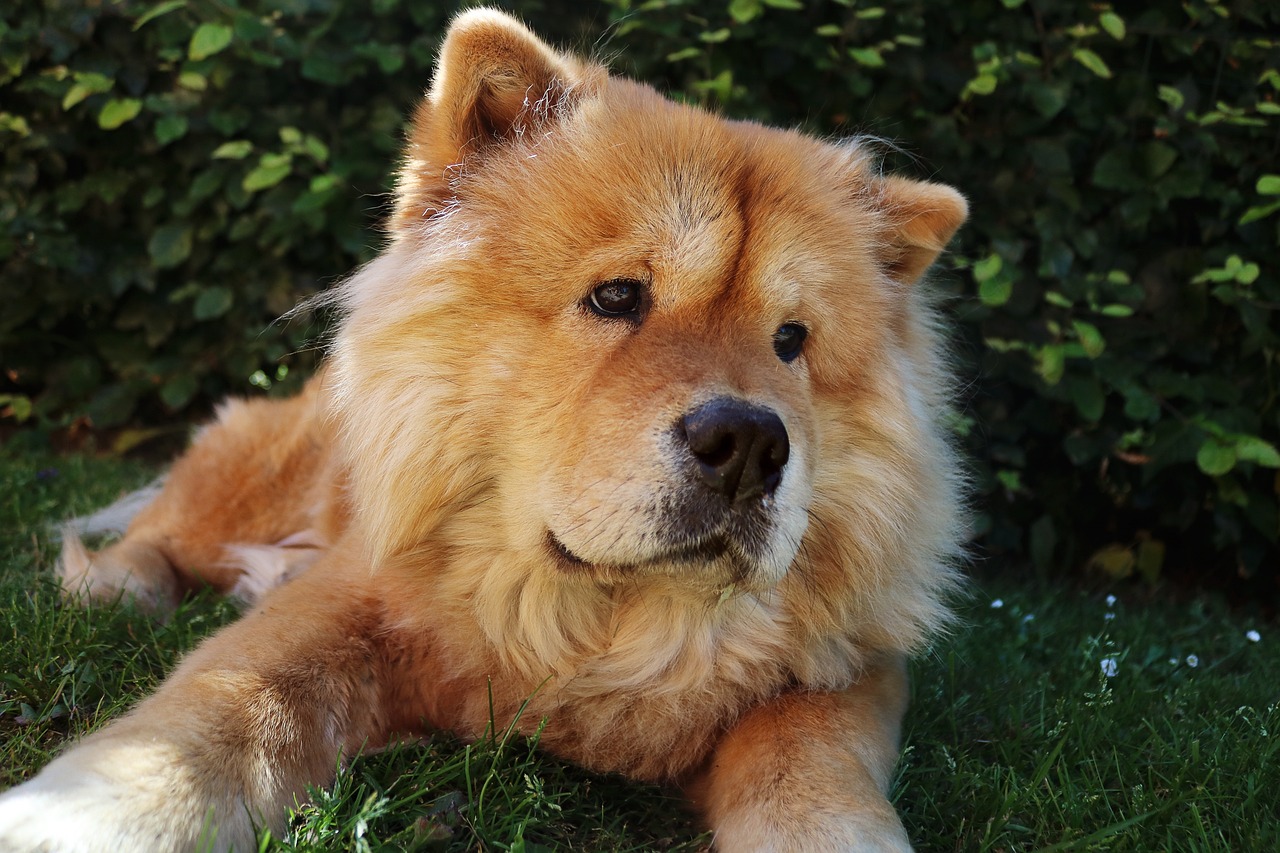

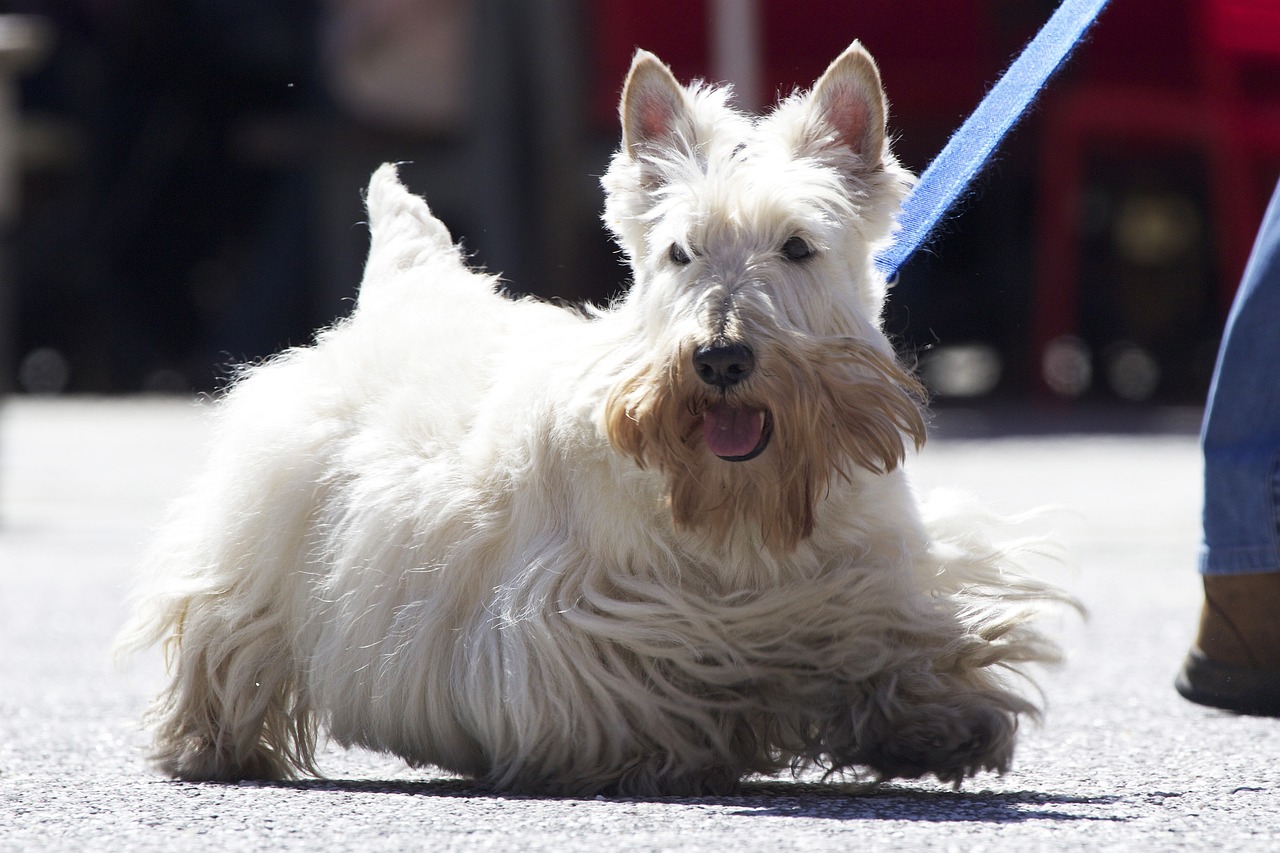

 Toledo, United States.
Toledo, United States.